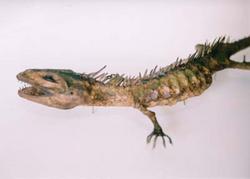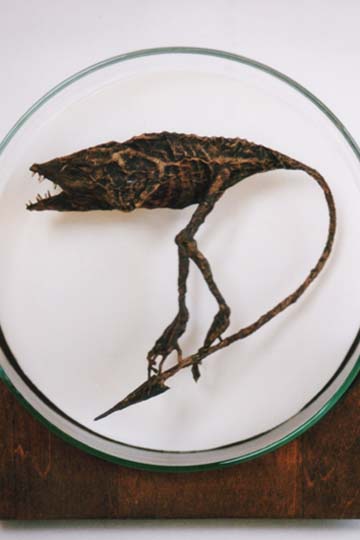
As a kid, my interest in OMNI magazine faded away when the subscription ended. Time passed, and when the first Borders opened in my Detroit suburban enclave, I came upon a new magazine that sparked my interest: LEONARDO.
LEONARDO is a great journal that studies the interrelationship of art and science. It's an ideal reference that collects research data that is pertinent to each seminar group. For example, their on-line version, the Leonardo Electronic Almanac, has a great article on computer-assisted choreography ( A Dynamic Life of Cause: A Concept and Models Used for Computer-Assisted Choreography) that could be of interest to Kinetics and Character Animation group ). They also have a sound journal as well ( Leonardo Sound Journal ).
Here is the mission statement for Leonardo Journal:
Vision Statement: Science and Technology dominate our current landscape, emerging with an intensity and velocity never before experienced. This intense intellectual creativity needs to be integrated with the humanizing activity of creating art, to bring balance to how we experience our current existence and imagine our futures. Over the course of history, art has been both an organizing and integrating role with our emotional and intellectual lives. Art serves as a means of presenting, questioning, understanding and creating order out of chaos and change. Imagination often leads the way of discovery in science. Innovation of art, science and technology will allow for new ideas that may be important economically and socially. Leonardo/ISAST serves as the organization that nurtures and fosters this alliance between the arts and sciences, proactively bringing these social networks together leading to greater creativity and social change in both areas.
LEONARDO JOURNAL
- JOE







